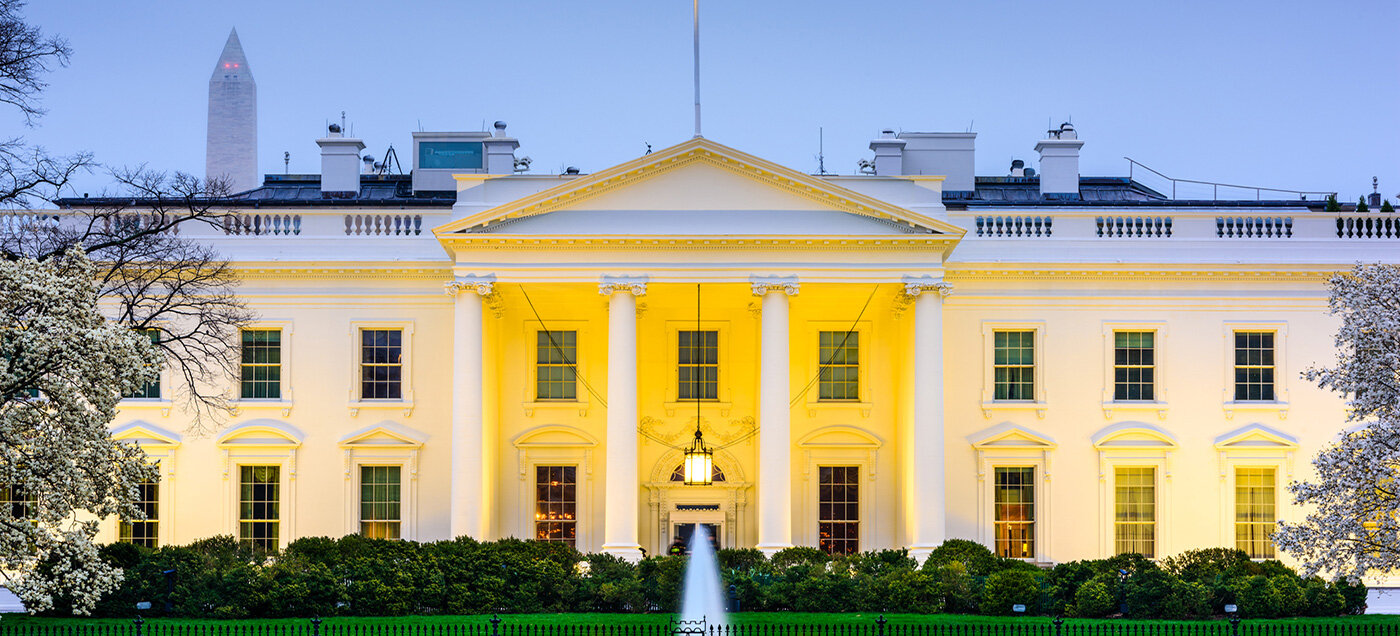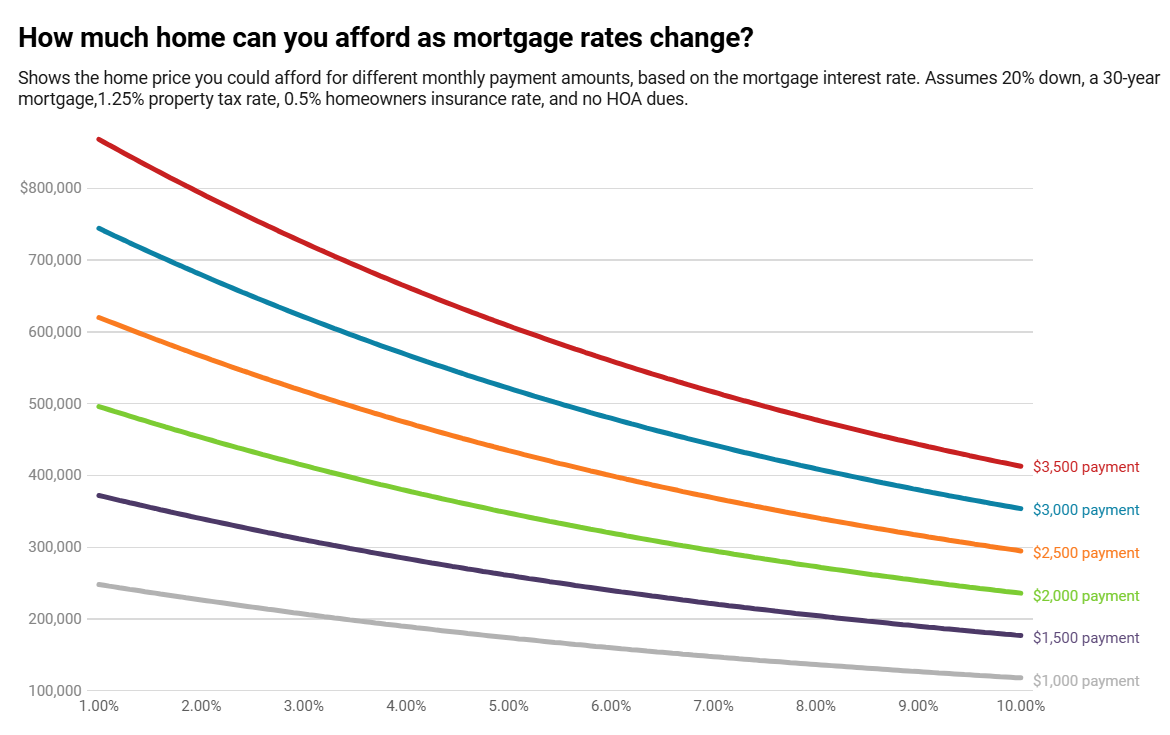Residential Real Estate News

Mortgage Rates Hit 7 Percent One Week Before U.S. Presidential Election
Residential News » Washington D.C. Edition | By Michael Gerrity | October 30, 2024 6:36 AM ET
U.S. homebuyers lose $33,000 in purchasing power in last 6 weeks of election cycle
According to national property broker Redfin, a U.S. homebuyer on a $3,000 monthly budget has lost $33,250 in purchasing power over the last six weeks, with the daily average 30-year fixed mortgage rate rising to 7% on October 28, 2024.
This is the first time mortgage rates have hit 7% since the start of summer; they're up nearly one percentage point from the 18-month low they dropped to in mid-September. A homebuyer on a $3,000 monthly budget can afford a $442,500 home with the current 7% mortgage rate. The same homebuyer could have purchased a $475,750 home with a 6.11% rate -- the average on September 17, 2024.
That buyer still has $17,000 more purchasing power than they would have had in April, when mortgage rates peaked at 7.5%. But the recent rise in mortgage rates is disappointing for buyers who missed out on the short window of rates that were much closer to 6% than 7%.
To look at affordability another way, the monthly mortgage payment on the $428,000 median-priced U.S. home is $2,895 with a 7% mortgage rate. That's about $200 higher than the $2,694 monthly payment with a 6.11% rate.
Mortgage rates are jumping largely because investors are becoming more worried about increased government spending after the election. Additionally, the most recent jobs and inflation reports both reflected a fairly strong economy, making it more likely the Fed makes a small interest-rate cut--as opposed to a big one--at their next meeting.
"My advice for buyers is to focus on finding a house they love and try to negotiate on things they have some control over, like the sale price and home repairs," said Redfin Economic Research Lead Chen Zhao. "Sellers should know Redfin agents are reporting that there are buyers out there, but they're mostly looking for move-in ready homes in good condition."
How rising mortgage rates impact housing affordability in swing states
Mortgage rates jumping to 7% could impact voters' decisions in the upcoming presidential election. Housing affordability is a top voting issue this year, according to a recent Redfin survey.
Zooming in on the seven swing states that will decide the election, five of them have median home-sale prices lower than the national median of $428,000. Only Nevada ($468,000) and Arizona ($442,000) have higher prices, though they're only slightly higher. Assuming a typical house hunter in Nevada and Arizona have a $3,000 monthly budget, they have lost about $33,000 over the last six weeks--the same as for the typical buyer nationwide.
In both Georgia and North Carolina, where the typical home goes for $377,000, let's say the average buyer has a monthly budget of $2,500, a bit lower than in states where homes are more expensive. That buyer can purchase a $368,750 home with a 7% mortgage rate, compared to the $396,500 home they could have purchased with the 6.1% rates that were common in mid-September. That translates to a loss of $27,750 in purchasing power.
Median home prices are comparatively low in Michigan ($266,000), Pennsylvania ($296,000) and Wisconsin ($316,000). Assuming the typical buyer in those states has an accordingly lower budget of $2,000, they can afford a $295,000 home with a 7% rate. They have lost $22,250 in purchasing power over the last six weeks; they could have bought a $317,250 home with a 6.1% rate.
Sign Up Free | The WPJ Weekly Newsletter
Relevant real estate news.
Actionable market intelligence.
Right to your inbox every week.
Real Estate Listings Showcase
Related News Stories
Residential Real Estate Headlines
- U.S. New-Home Sales Surge in August as Mortgage Rates Ease
- Despite Increased Foreign Buyer Activity, Miami Residential Sales Dip 11 Percent in August
- California Home Sales Enjoy Modest Uptick as Mortgage Rates Ease
- U.S. Home-Flipping Profits Sink to Lowest Level Since 2008 Financial Crisis as Costs Climb
- Why the World's Rich Are Flocking to Europe in 2025
- Federal Reserve Delivers First Rate Cut of 2025 as Mortgage Relief Proves Limited
- Homebuilder Sentiment Holds Steady in U.S. as Rate-Cut Bets Lift Outlook
- U.S. Mortgage Rates Experience Sharpest Weekly Drop in Over a Year
- U.S. Foreclosures Rise for Sixth Straight Month as Affordability Pressures Mount
- Black U.S. Homeownership Rate Falls to Two-Year Low as Job Losses Mount
- Las Vegas Home Prices Flatten as Listings Surge, Sales Slow
- Cooling Miami Housing Market Sees 16 Percent Annual Sales Drop in July
- U.S. Mortgage Delinquencies Uptick in June Amid Regional Pressures
- California, Florida Top U.S. Housing Markets Most at Risk of Downturn
- 30-Year Mortgage Drops to 6.56 Percent in Late August, Lowest Since October 2024
- Investors Maintain Elevated Role in U.S. Housing Market Despite Slight Pullback
- Pending Home Sales Show Mixed Signals as U.S. Buyers Remain Cautious
- Canadian Home Sales Extend Recovery in July
- U.S. Home Sales Rise in July as Buyers Gain More Bargaining Power
- Zombie Foreclosures Edge Up Across U.S.
- 2.6 Million Homes at Wildfire Risk Across 14 Western States in 2025
- One in Five Americans Willing to Trade Personal Safety for Home Affordability
- U.S. Home Price Growth Slows as Affordability Pressures Mount in 2025
- U.S. Mortgage Rates Dip to Four Month Low in Early August
- U.S. Mortgage Applications Rise in Late July, Breaking Four-Week Slump
- Hong Kong's Housing Market Stuck in Stalemate as Bulls and Bears Face Off
- U.S. Condo Market Struggles in 2025
- U.S. Pending Home Sales Remain Sluggish in June
- Los Angeles Area Wildfires Destroyed Nearly $52 Billion in Homes Last January
- Greater Palm Beach Area Residential Sales Slip in June Amid Growing Inventory
- Economic Resilience Lifts U.S. Housing Outlook Going Forward
- New Home Sales Stagnate as Affordability Struggles Continue in America
- U.S. Housing Market Slips in June as Prices Hit New Highs
- Florida, California Continue to Reign Supreme as America's Ultraluxury Housing Markets
- Caribbean Housing Market Evolves into Global Second-Home Hotspot
- U.S. Home Sales See Highest June Cancellation Rate on Record
- Orlando Housing Market Cools in June as Listings Slide, Sales Slow
- Private Credit Surges in 2025 as Real Estate Developers Bypass Banks
- U.S. Condo Market Suffers Sharpest Price Drops in Over a Decade as Buyers Retreat
- Rising Taxes, Insurance Costs Undermine the Stability of U.S. Homeownership








